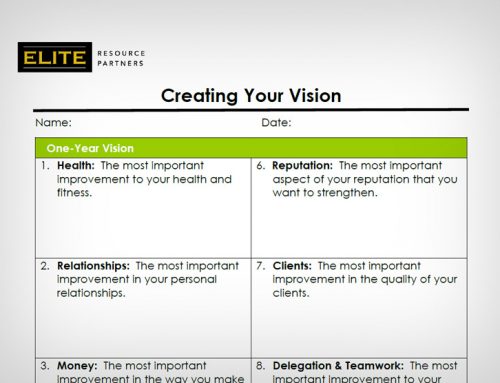 Life Insurance is an asset that more often than not is left “unattended”. Most people want the insurance for Federal Estate taxes, to take care of their family or for other personal purposes. However, unlike your home which requires ongoing maintenance or your stock portfolio which you can change on a daily basis, a Life Insurance policy tends to be put in a drawer and dusted off irregularly.
Life Insurance is an asset that more often than not is left “unattended”. Most people want the insurance for Federal Estate taxes, to take care of their family or for other personal purposes. However, unlike your home which requires ongoing maintenance or your stock portfolio which you can change on a daily basis, a Life Insurance policy tends to be put in a drawer and dusted off irregularly.
What most policyowners are unaware of is that the longevity of a policy is directly related to 3 things: (1) The Premium payments you make, (2) the interest earnings paid to you by the insurance company, and (3) the policy costs deducted each month by the insurance company. Collectively, these three components ultimately determine how long your policy will remain “in force”.
The first, premiums paid, is important because not all insureds make premium payments on a regular basis into their policy. Too few premium payments into the policy in your early years may mean much bigger premium payments will be required in the later years to keep your policy “in force”.
The next component is the interest earnings from the insurance company. Most insurance policies issued prior to 2006 have been receiving the Minimum Guaranteed Interest Rate of around 4%. That may seem like a good interest rate for you but consider the interest paid-out from the insurance company’s standpoint. The single biggest investment on the balance sheet of an insurance company is bonds. Since the 2008 “Great Recession” interest rates have fallen substantially and as of the writing of this article are expected to remain low for many years. Today, the 10-year bond is paying less than 1%.
Question: How does the insurance company earn less than 1% on their bond investments yet continue to PAY YOU 4% on your policy? The answer is that they cannot continue to do this unless they are able to make up that loss elsewhere in the policy.
That brings us to the last component which is Costs. This is a nebulous category BUT one the provides the insurance company the wiggle room necessary to change the costs in a policy on an annual basis. Specifically, with “Universal Life” policies, the insurance company can increase the policy costs without asking you permission or getting your approval. Since 2015, thirteen major insurance companies have used this loophole to increase policy costs by as much as 100% in cases we’ve reviewed. More importantly, the insurance companies have targeted these increases on policies for those in the 70, 80 and 90 age group. The problem is that these policyholders may no longer be able to acquire new insurance because of health changes or cost considerations. This leaves them no option but to cash in the policy for the cash value or salvage value.
This crisis puts insureds in the position that If no action is taken then this important asset can become worthless almost overnight. The light at the end of this tunnel is that by having the policy diagnostically reviewed you will see all options available. A deep diagnostic review will illustrate the possible options available to fix your policy if it is faltering and on the brink of collapse. If the policy fix alternatives are not to your liking or within your capacity to implement, we will instruct them to establish the highest Market Value for the policy. The Market Value alternative enables you to turn the policy into cash that is generally 3 to 5 times greater than the value the insurance company would give you.
In 2018, 7.7 million life insurance policies lapsed for which the owners received nothing3. Why? Because of lack of attention or simply not having the right information available to make an educated decision about the policy before it was too late!
This is a very real issue facing all of us and If you desire a diagnostic review of your policy, please contact Jan Mohamed at jan@eliteresourcepartners.com and he will walk you through a process that is designed to educate you so you “Keep Your Wealth in the Family”.
Co-Authored by Robert W. Larsen, TEP1 and Jan Mohamed, CFP2





